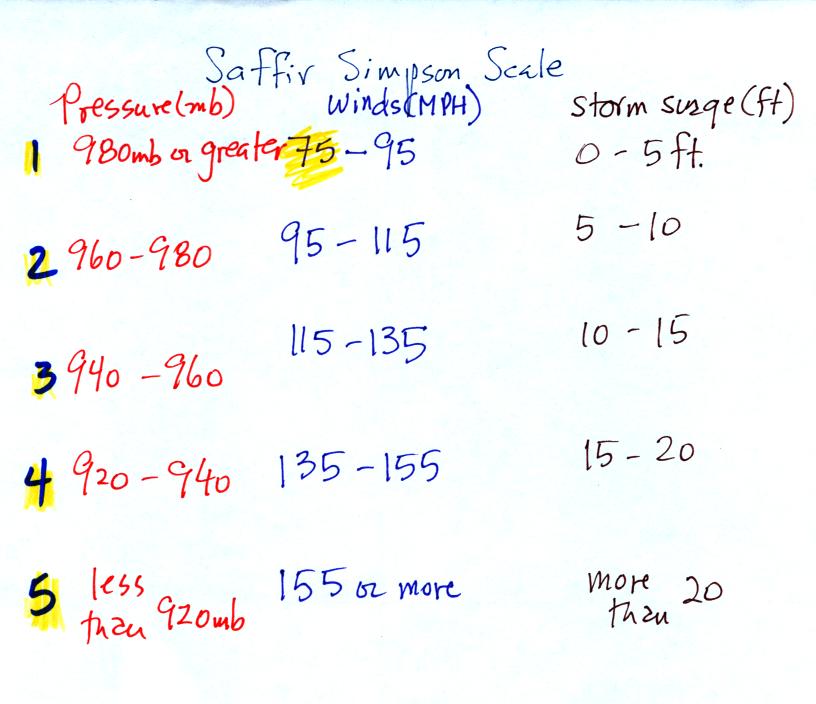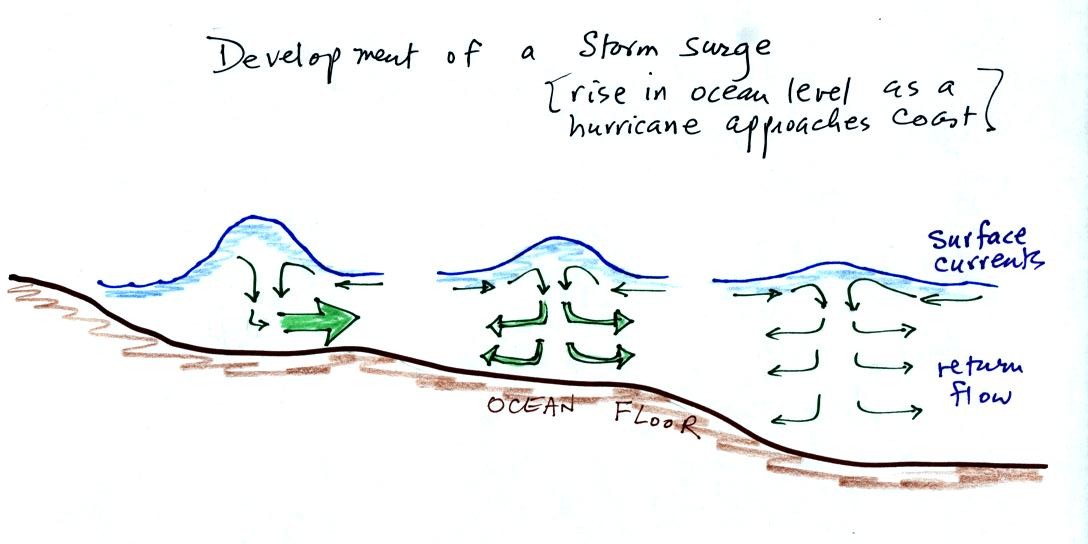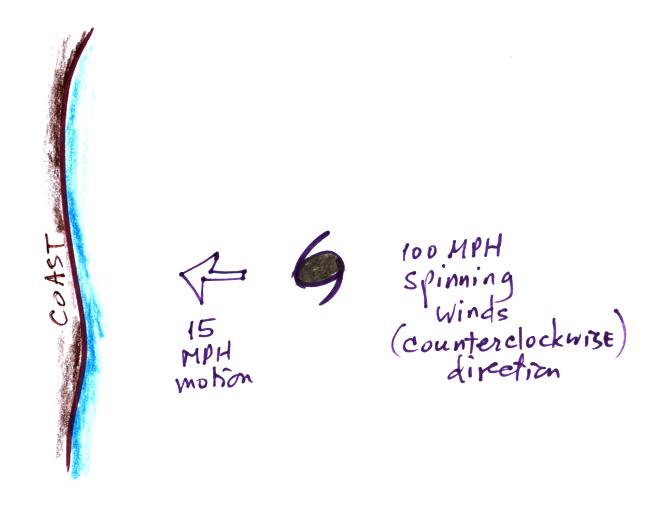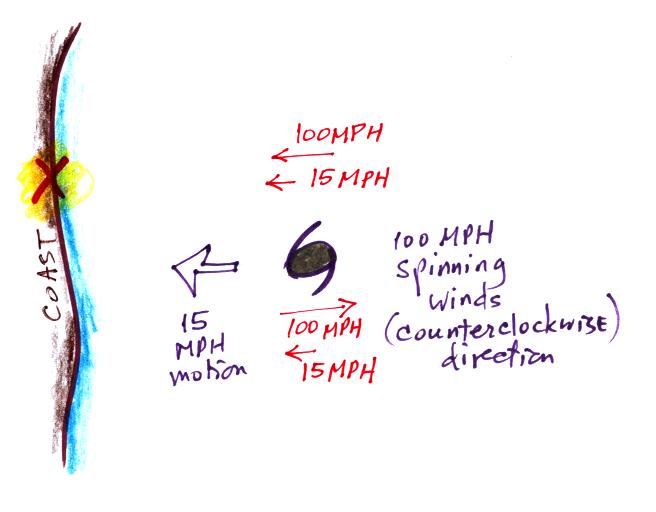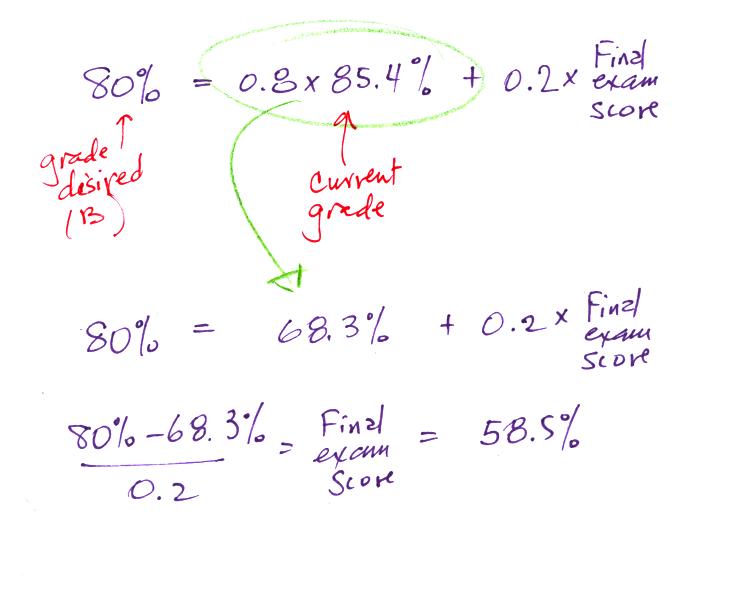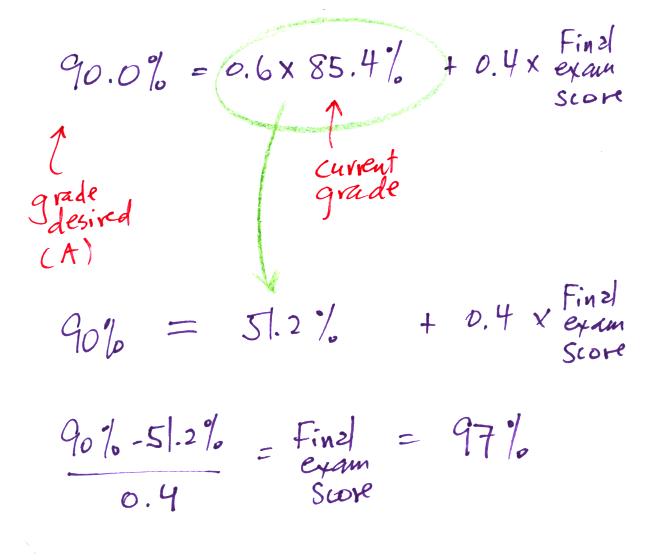You'd need to score 97% or above on
the final to raise your grade to an A. That won't be easy but it
is possible. There will be several extra credit questions on the
Final Exam and I am pretty sure there will be some students that do
this well on the exam.
And with that we came to
THE END
of what we will be able to cover in
NATS 101 this semester. In class on Wednesday we will begin
the review for Friday's Final Exam.
also
I have promised several people one more opportunity to earn some extra
credit, so there will probably be some kind of optional in-class
assignment on Wednesday
